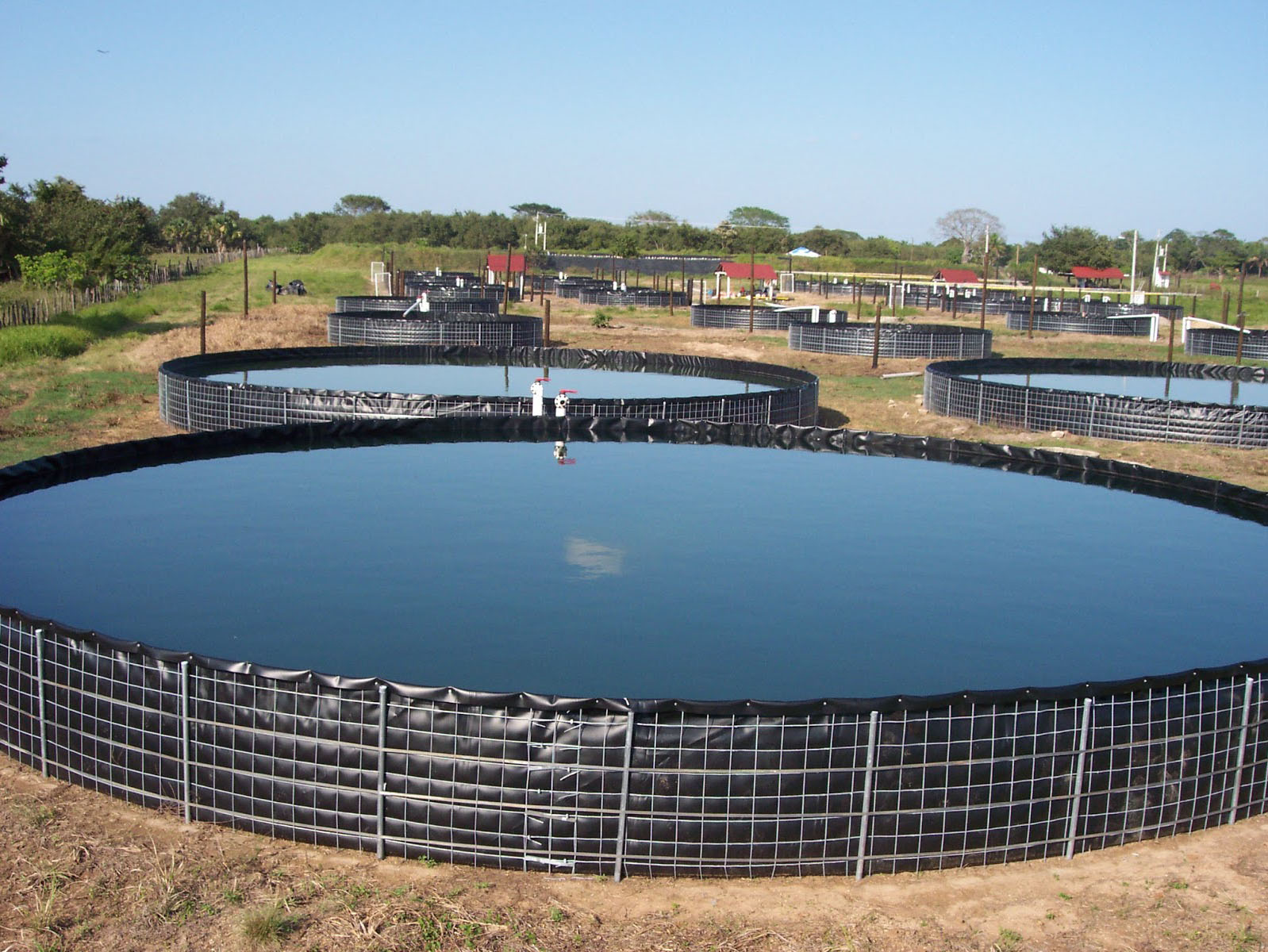
Geomembrane plays an important role in aquaculture in terms of anti-seepage, water retention, maintaining stable water quality, reducing disease transmission, improving aquaculture efficiency, and reducing costs.
Anti-seepage and water retention
1. Prevent water penetration: Geomembrane can effectively prevent water from penetrating into the soil, reduce the rate of water level drop in pools and fish ponds, and maintain stable aquaculture water levels. For example, fish ponds need to store water, otherwise water will penetrate into the soil, resulting in a decrease in fish survival rate, and laying geomembranes can effectively control water storage.
2. Avoid bottom mud penetration: Prevent the bottom mud of pools and ponds from penetrating into the water to keep the water clean.
3. Prevent harmful substances from penetrating: Prevent harmful substances such as fertilizers and pesticides from penetrating into the soil and water bodies to ensure the safety of the aquaculture environment.
Maintain stable water quality
1. Reduce water quality changes: Geomembrane can better maintain the balance of water quality, reduce changes in water conditions, and reduce the cost and time of controlling water quality in fish ponds.
Convenient monitoring of oxygen content: Reduce oxygen loss caused by infiltration into the soil, facilitate monitoring of oxygen content in water, and reduce the cost of supplementing oxygen in fish ponds.
2. Inhibit algae growth: Geomembrane can control the growth of algae in the water, is easy to clean and maintain, and thus makes fishing more convenient and quicker.
Reduce the risk of disease transmission
3. Isolate soil from water: After using geomembrane, the contact between soil and water is isolated, and the chemical substances and pathogens in the soil will not spread to the pond, reducing the possibility of disease transmission and
Improving the breeding cycle.
4. Improve breeding efficiency: Since it is easier to clean and catch, it saves a lot of cost and time, can speed up the breeding cycle of fish ponds, and increase production in disguise.
Reduce maintenance costs
1. Improve pond stability: Geomembrane can make the slope more stable, reduce the threat of natural conditions such as wind and rain to the fish pond, prevent losses caused by environmental damage, and reduce the maintenance and earthwork costs of the fish pond.
2. Shorten the rest time of the pond: It helps to clean up the debris in the pond, greatly shorten the rest time of the pond for drying and cleaning the pond, and help control the occurrence of fish and shrimp diseases.
Other functions
Increase fish production: Geomembrane can make the pond deeper and the slope steeper, which is conducive to increasing fish production.
Improve fishing efficiency: There is no weeds, sludge or other debris at the bottom of the pond, which can improve fishing efficiency.


